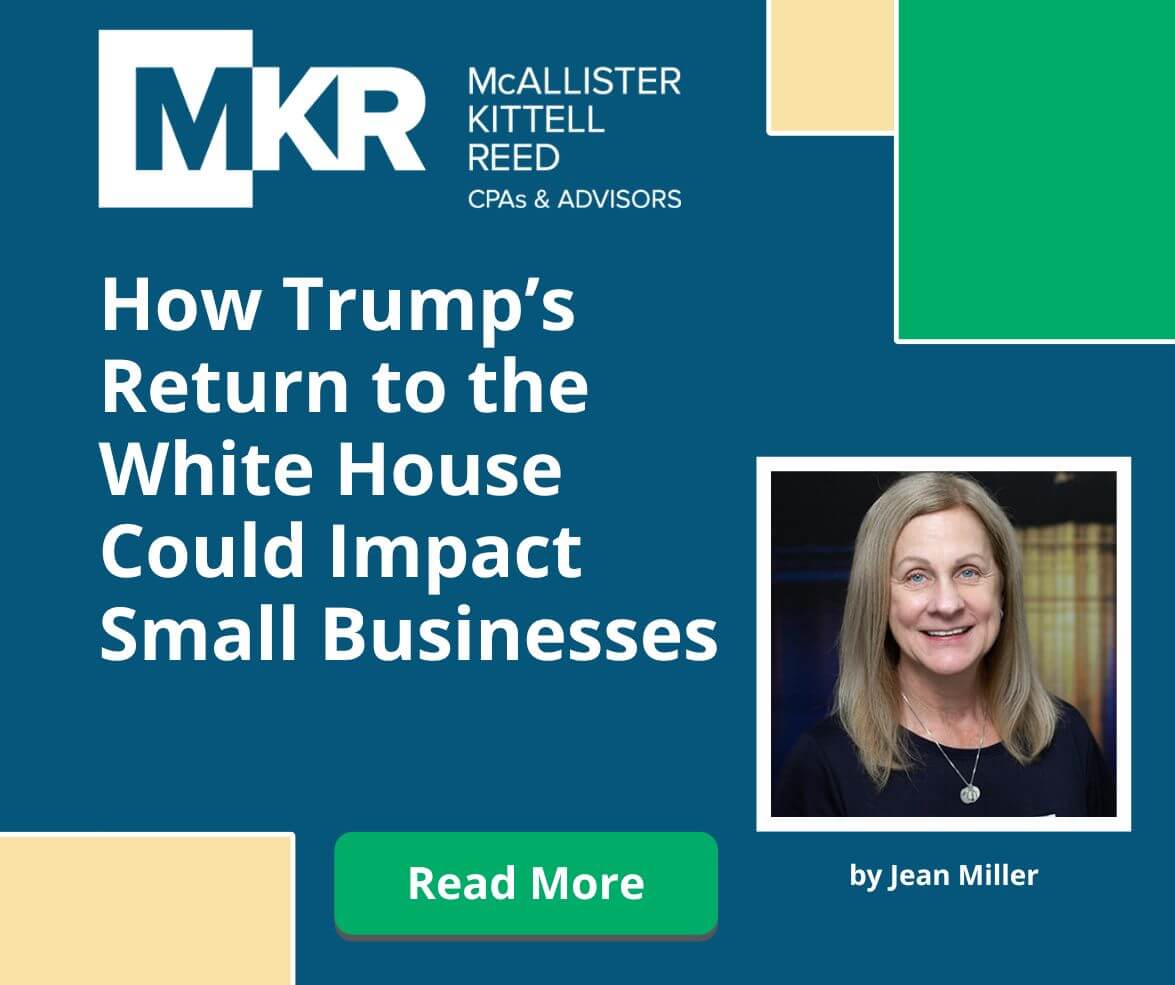As the United States prepares for a second Trump presidency, small business owners are paying close attention to the policies that could shape their future. Trump’s economic priorities, including tax reform and deregulation, will echo those from his first term. Here’s an analysis of how Trump’s proposed policies could impact small businesses.
The Tax Cuts and Jobs Act: A Retrospective
One of Trump’s most influential achievements during his first term was the passage of the Tax Cuts and Jobs Act (TCJA) in 2017. The law lowered the corporate tax rate from 35% to 21%, benefiting small businesses organized as C-corporations. Additionally, it introduced the Qualified Business Income (QBI) deduction, allowing certain pass-through entities—like sole proprietorships, S-corporations, and partnerships—to deduct up to 20% of their qualified income.
This meant lower overall tax liabilities for small businesses, leaving more funds for reinvestment, hiring, and growth. However, critics argue that larger businesses reaped the benefits disproportionately while small businesses felt minimal relief.
Key Focus Areas Under a Second Trump Administration
Several proposed policies stand out for their potential to reshape the small business landscape during Trump’s second administration.
Lower Corporate Taxes
Trump has suggested reducing the corporate tax rate further to 15%. For small businesses structured as corporations, this could mean even more tax savings, allowing for more funds to invest in technology, marketing, hiring, and training. Additionally, Trump has floated the idea of eliminating taxes on employee tips for hospitality and service workers.
Pros:
- Increased cash flow for reinvestment.
- Greater incentives to expand operations or hire employees.
Cons:
- Critics worry about the impact on the national deficit.
- Sole proprietors and other non-corporate structures may not see proportional benefits.
Deregulation
Deregulation was a hallmark of Trump’s initial term. In an effort to spur economic growth and encourage investment, his administration rolled back over 1,500 rules across industries. One of the most notable was the energy sector, where deregulation allowed oil and gas exploration to increase domestic energy production and reduce dependence on foreign oil. The result was cheaper gas prices, which directly benefited small businesses in delivery and transportation industries. If Trump continues to minimize compliance burdens, small businesses in sectors like energy, agriculture, and manufacturing will again benefit.
Pros:
- Lower compliance costs, especially for startups.
- Simplified operations in heavily regulated industries.
Cons:
- Some regulations, particularly those related to labor and environmental protections, are considered necessary for long-term sustainability and public welfare.
Tariffs and Trade Policy
Trump’s trade policies in his first term, including tariffs on goods from China and other countries, had a mixed effect on small businesses. The goal of imposing tariffs is to protect domestic manufacturers, but many small businesses that rely on imported materials faced higher costs. Biden kept Trump’s tariffs on Chinese imports, and if Trump continues them into his second term, there could be a continuation of supply chain challenges and increased prices for certain goods.
Pros:
- American manufacturers may gain a competitive edge.
- Encourages investment in American supply chains.
Cons:
- Higher costs for imported materials could squeeze profit margins for U.S. manufacturers.
- Potential retaliatory tariffs by other countries could limit export opportunities for small businesses.
Access to Capital
Lending through the Small Business Administration (SBA) saw a notable increase during Trump’s first two years in office. By streamlining loan processes and promoting programs like the 7(a) Loan Program, his administration helped many small businesses secure funding. Looking forward, Trump could push for expanded SBA lending programs, which would make it easier for entrepreneurs to access the capital needed to grow.
Pros:
- Easier access to financing for new and existing businesses.
- Potential for strong economic growth at the community level.
Cons:
- Over-reliance on debt financing could lead to financial vulnerability during periods of economic uncertainty.

